
views
Preparing for Your Quail Chicks

Check local land laws. There is a possibility that regulations are put in place on how quail are kept and whether you can keep them in your backyard. In some areas quail are considered livestock which will make rules stricter. Keep note that although roosters aren’t as noisy as male chickens, they still constantly crow throughout the day which may be considered a nuisance to neighbors.
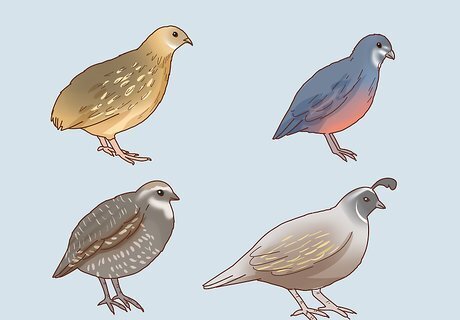
Decide on a breed of quail. Like chickens and ducks, quail are a distinct species of bird that have multiple breeds. Although it may seem like all breeds are an option, some areas will only have a certain breed available. Breeds include; Coturnix, Button, Bob and California. Some other breeds mainly exist in the wild whilst Bob and California quail aren’t as commonly sold. Button quail are popular aviary breeds because they are the smallest quail breeds and can be mixed with other birds. Unfortunately, this breed cannot be kept for eggs or meat but rather to clean up leftover seeds and husks on the aviary floor. Coturnix (also known as Japanese quail) are a very cheap and commonly sold breed that you should consider. Since these breeds can be kept for both meat and eggs they are very popular in the US and fetch a cheap price of an average $5 per bird.
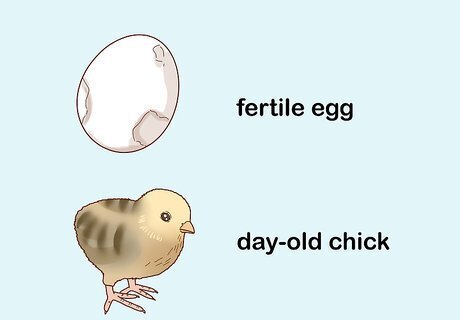
Decide if you would like fertile eggs or day-old chicks. Fertile eggs can be purchased for a much cheaper price rather than live chicks. You can also purchase eggs in bulk so that you get more chicks and a better hatch rate. Although with chicken’s day-old chicks can be sexed, quail chicks cannot. Therefore, it makes no difference whether you choose eggs or chicks except for the price range. Although eggs are cheaper, if you don’t have an incubator you will eventually need to purchase one. Incubators can be costly, but if you get them second-hand you can save almost half the price of a commercially sold incubator.
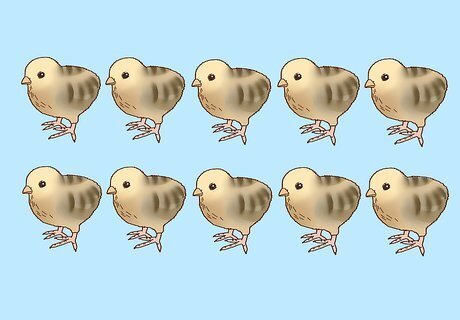
Select your numbers. If you do decide to keep quails for your own benefit or profit (eggs and/or meat), then high numbers may be needed. Hens on average will lay 3-4 eggs a week whilst some may not lay at all until they feel comfortable in their environment. If you are running a business with eggs then it is advised to have at least 10 hens so that you have a steady egg production. It is important to get more than one chick as quails are social birds that interact in a flock. The more you buy the cheaper the chicks will be, as breeders often offer a discounted price. If you are butchering birds then it is systematic to get a ratio of roos with your hens to keep the next generation of birds going. This should be no issue with chicks since you will be getting a mixed batch of males and females, however you do want to avoid inbreeding to have healthy birds. Plan on purchasing and selling males in the future.
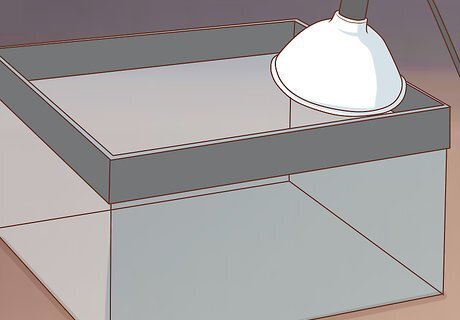
Set up the brooder/incubator. The brooder is going to be a home for your chicks to stay for the next 4-6 weeks until your chicks grow feathers and mature. It should have everything in it including the base bedding, a feeding station and drinking station. The brooder will require a heat lamp kept at 95 °F (35 °C) for the first week and lowered down by 5 degrees each week until it reaches room temperature. The incubator should have an adequate humidity and temperature level of 100 °F (37.8 °C) for the first day.
Buying Your Chicks

Know where to get your chicks from. You may have a couple of options or opportunities on where to source your chicks in your local area. This may include; online, farm stores or from a reputable breeder. Fertile eggs may be able to be shipped via mail, however, chicks aren't often available for shipping. This is because there isn't as high of a demand as there is for other poultry species such as chickens.

Look on an advertisement website. Gumtree and Craigslist both allow the selling of chicks, while eBay may sell fertile eggs. When looking for chicks (or eggs), often the best place to start is by looking on these websites as there may be more options available to you. Using these websites, you must first put down the location, what you are buying and how far you are willing to go. To contact the seller, they will have an option to E-mail them (direct message) or some will prefer text via mobile. Some sellers may be dodgy. It’s good to be aware of what a healthy chick looks like.

Search on your internet browser. Using key words, searching up what you want on a browser is proven to be effective. Bird breeders and a few ads may pop up in your results for your local area. An example of what to type; quail chicks for sale in Perth.
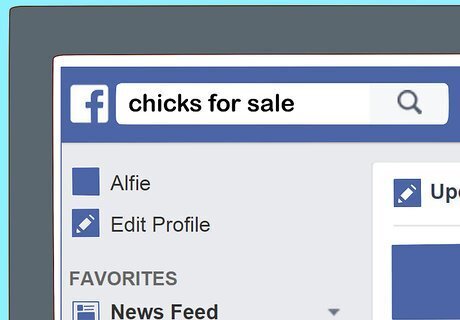
Use social media. Facebook is a great way to connect with other breeders and find chicks for sale. Most towns and regions have Facebook groups you can connect with. Search up your town/region and a buy and sell group of it. If you can’t find one then try typing up your area and a poultry/bird group you can connect with.

Go to a breeder. Expert breeders often know what they’re doing in terms of caring for the bird and breeding the right blood lines. This will give them a healthy generation of chicks to sell. While most breeders are reliable, do not rely on backyard breeders that simply put two birds together and hope for the best. Businesses are the best way to go for a healthy flock.

Check a local farm store. There’s a good chance you will be able to buy week-old quail chicks at a farm store, however, some farm store only sells chickens. If not then you can always ask whether they’re getting chicks in or if they know any breeders around town.
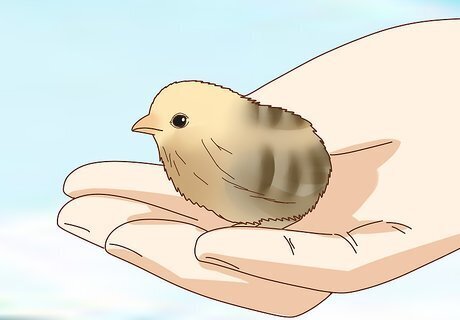
Examine the chicks. If you are buying from a store or breeder a wise decision would be to hand-pick your chicks and examine them first. It isn’t uncommon to accidentally purchase an unhealthy chick. The chick you choose should be alert, active and clear-eyed. You should also examine the housing thoroughly. The hygiene of the housing represents what kind of breeder the seller is and how he/she takes care of their animals.

Bring a box. A cat carrier or a simple cardboard box should be brought when you arrive to collect your chicks. If you are buying a large hatch then it is important to bring a bigger cage or a large enough one. It doesn’t matter about space as they should only be in their box for the maximum of an hour or two. The box should have absorbent bedding inside to stop the chicks from getting their feet dirty or a possible infection.
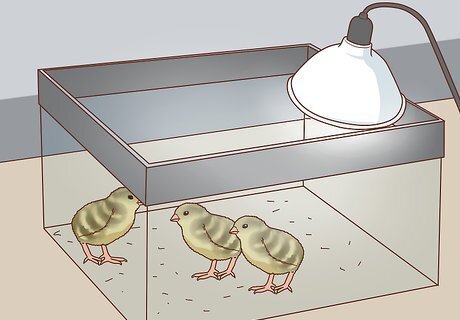
Move your chicks to their brooder. The brooder should be set up prior to bringing your chicks home to save you time and the chicks time from being stuck in a carrier cage or box. When transported to the brooder it is important to keep a heat lamp on at 95 °F (35 °C) the first week and lowered by five degrees each week.
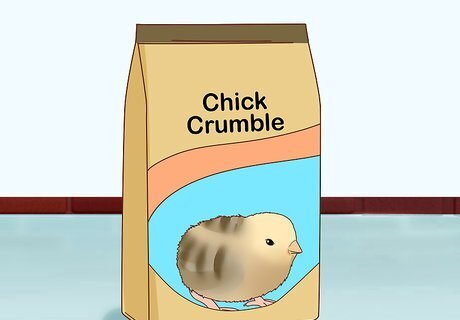
Purchase chick crumbles. Quail chicks require a high amount of protein (at least 25%) at such a young age. You have the option of buying a game-bird mix that contains the right amount of protein in it or a chicken starter crumble.



















Comments
0 comment